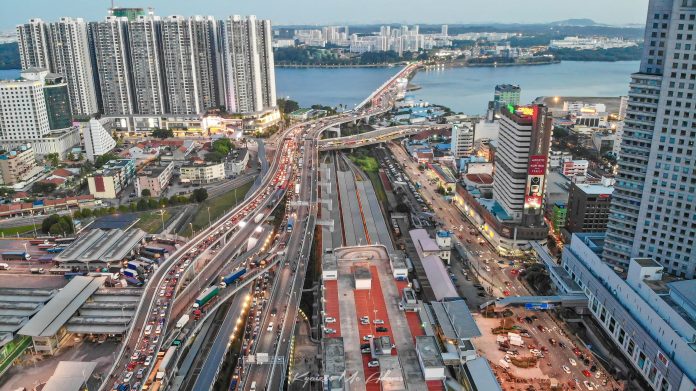Malaysia’s 2025 Budget offers hints about the direction of SEZ development. New policies such as minimum wage hikes, tiered levies on foreign workers, and EPF contributions for foreign labour indicate the government’s push to reduce reliance on low-cost labour. This shift is essential if Malaysia is to escape the middle-income trap and encourage businesses to adopt more sustainable practices.
Currently, Malaysia has about 16 million workers, with approximate 2 million legal foreign workers and 3 million undocumented workers, foreign labour represents around 25% of the workforce. This high proportion has kept local wages stagnant, limiting economic mobility for Malaysians.
During the 1990s, Malaysia’s access to cheap labour attracted labour-intensive industries, but what was once an advantage has now become a constraint. To encourage transformation, the government is deliberately increasing the cost of foreign labour, hoping businesses will seek innovative ways to grow.
Most Malaysian SMEs remain disconnected from global supply chains and rely heavily on domestic demand, which alone is insufficient to sustain them. The SEZ, however, offers these businesses a gateway to tap into Singapore’s dynamic economy and reach international markets, presenting a rare opportunity to reduce reliance on local demand and low-cost labour.
Public opinion on the SEZ is divided. Some fear it will increase costs and competition, impacting production. Others view it as an opportunity for transformation. Regardless, Singaporean businesses are already expanding into Johor. In October, a major job fair in Johor Bahru attracted a strong response from job seekers, reflecting the area’s appeal.
Rather than ignoring these developments, businesses should consider the SEZ’s potential. By embracing this opportunity, they can expand from domestic to international markets, reducing dependence on cheap labour and fostering a shift towards higher-value economic activity.
Whether the SEZ truly becomes a turning point for Malaysia’s labour transformation will depend on whether businesses can leverage it to transition from labour-intensive to knowledge-based industries. If they succeed, the Johor-Singapore SEZ could indeed be a significant step forward in realizing Malaysia’s economic potential.




